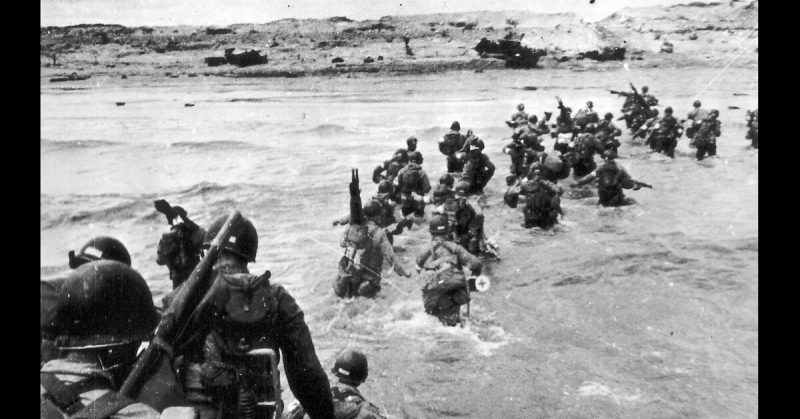“I know now that it was a crazy thing to do and I wouldn’t do it again in the same circumstances,” said Staff Sergeant Summers after almost single-handedly storming through 11 buildings filled with Germans.
The day is Tuesday, June 6th, 1944 and the Allies have begun their landing on the coast of Normandy. Behind the dunes of what is now known as Utah Beach, two Airborne Divisions have been dropped during the night.
Their job was to secure the causeways leading off the beaches and prevent German reinforcements from reaching the beaches, amongst many others.
The 502nd Parachute Infantry Regiment of the 101st Airborne Division had been assigned one of the most important missions during the night; destroy a German battery of 122mm guns that covers the northern half of Utah beach.
Like all airborne units in Normandy, the 502nd has been dropped over a vast area, and small mixed groups from all units roam through the countryside trying to find and take out their objectives.
Fortunately for the 502nd, the Air Force has taken out the gun battery. One of the bunkers has received a direct hit, and the Germans decided to move the guns to another, unknown, location.
When men from the regiment reach the battery area, they found it blasted and unmanned.
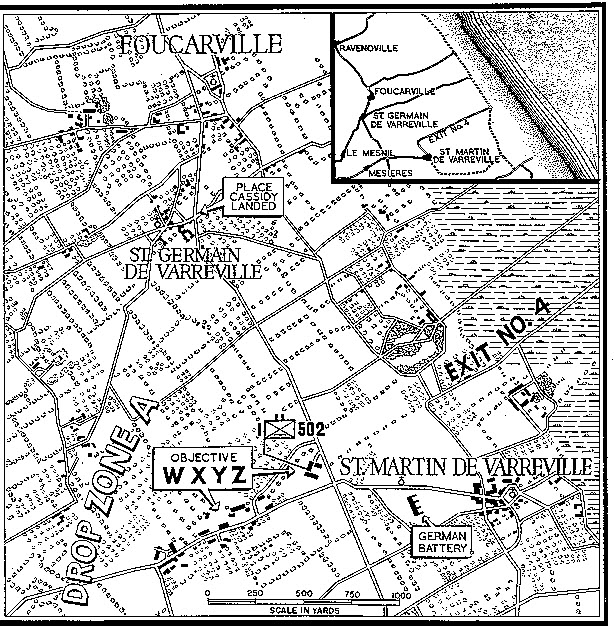
That still left the garrison, who were housed in a group of buildings about 2000 feet from the battery. This group of 11 buildings, sometimes referred to as barracks, was codenamed by the Allies as W-X-Y-Z.
The first building of the complex, “W” was captured during the night and the 1st Battalion command post was set up there. It is here, around 09:00, that Staff Sergeant Summers rose to the occasion and did his “crazy thing.”
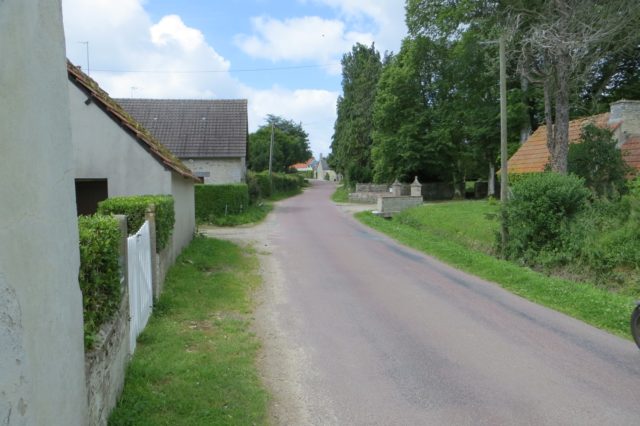
In charge of a mixed group of 15 men, none of which he knew by name, Summers decided to lead by example, being doubtful that these men will follow his orders. He calmly walks to the back door of the first building and kicks in the door.
There he finds a group of Germans who are firing at the other troopers through the windows and slits that have been cut into the walls. They only notice him when he fires his Tommy gun into them, dropping 4 of them, the rest escape to the third house.
None of the 15 men in his group join him, deciding to remain in the safety of their ditch.
Summers continues to the next house, kicks in the door, finds it empty and he continues to move on to the next house. Finally, he gets help, a lieutenant joins him, and they sprint to the door, covered by a machine gunner who remains active throughout the battle.
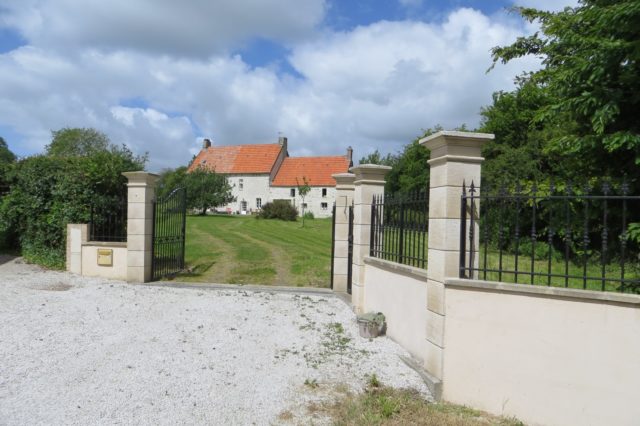
However, the lieutenant is wounded when something explodes next to him, and Summer enters the house alone. Using his Tommy gun and manages to kill 6 Germans in one long burst and, incredibly, continues to the next house.
An officer from the 82nd Airborne joins him but is killed almost instantly by a round that went straight through the heart. Summers never even got the chance to learn his name.
The next five houses are cleared by Summers with the aid of private Camien Jr. They, in turn, switch between clearing a house with the Tommy gun or covering it with the M1 Carbine that Camien was carrying.
Together they killed 30 Germans, taking no prisoners.
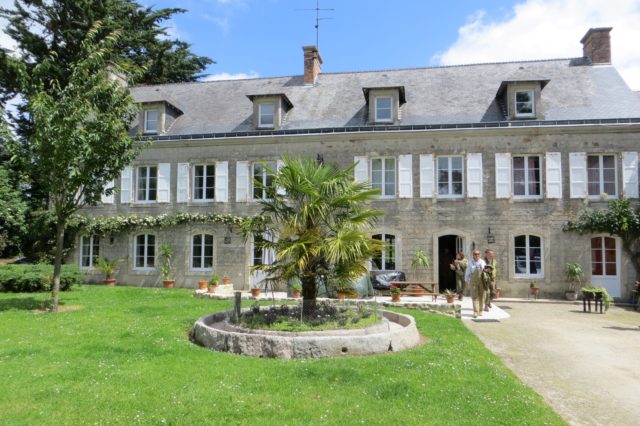
Things get strange when they enter house number 9 that is set a little distance back from house number 8. Summers enters the building which turns out to be a mess hall where 15 Germans are, incredibly, sitting down and eating.
Completely oblivious of the firing that has been happening outside, they are cut down by Summers as they start to rise from their table.
House number 10 was a wooden shed and next to it was a haystack which was set alight by machine gun tracers. Soon the fire spread and the shed caught fire.
Ammunition that was stored there began to explode, and a large group of around 30 Germans flees the building and try to escape across an open field, yet most were shot down.
Next to the shed was house number 11 which was a proper barracks, it had two stories, thick stone walls and lots of slits from which the Germans were firing across an open field of approx 150 yards. The burning shed had no effect on the Germans in the barrack, so they had to be flushed out using the same method as the previous houses.
By now Summers had received significant help, more troops were sent to the battle, and for the first time, he didn’t have to storm the building by himself.
Unfortunately, this also meant more targets for the Germans and four men were quickly hit by accurate sniper fire as they moved up to the hedgerow that separated the building from the road.
The situation left the Americans no choice but the burst through the hedge and made a dash for the building across the open ground. When they came under intense fire, and at least four Americans were killed and more wounded, they had to retreat to the hedge.
With a bazooka and mortars, the building was set alight, and the Germans decided it was time to flee.
They could not have picked a worse time because at that time more reinforcements arrived at the scene as well as the first elements of the 4th Division that landed on Utah.
The Germans that were not killed or captured by the original group of attackers were rounded up by these reinforcements.
Around 16:00 the firing stopped, and the men sat down for a smoke.
Staff Sergeant Summers was awarded the Distinguished Service Cross which only one step below the Medal of Honor, he also got a field commission.
When asked “Why did you do it” he answered:
“I have no idea why. I know now that it was a crazy thing to do and I wouldn’t do it again in the same circumstances. But once started, I felt that I had to finish. The other men were hanging back. They didn’t seem to want to fight.”
